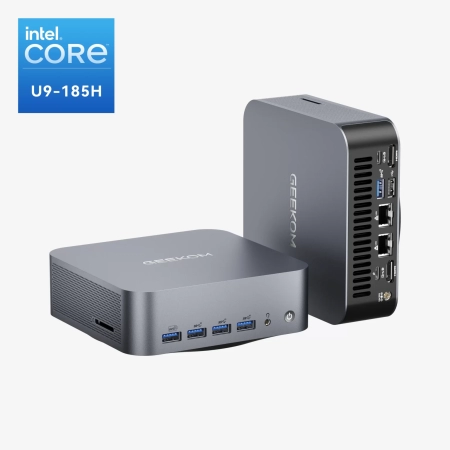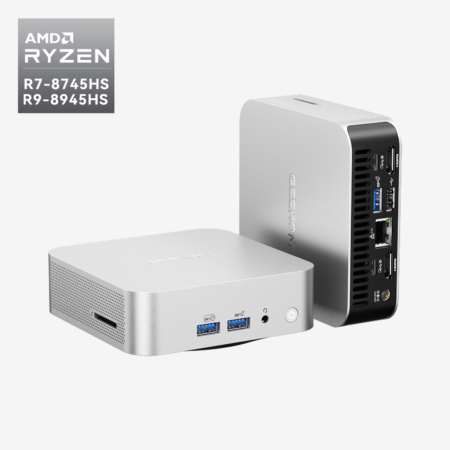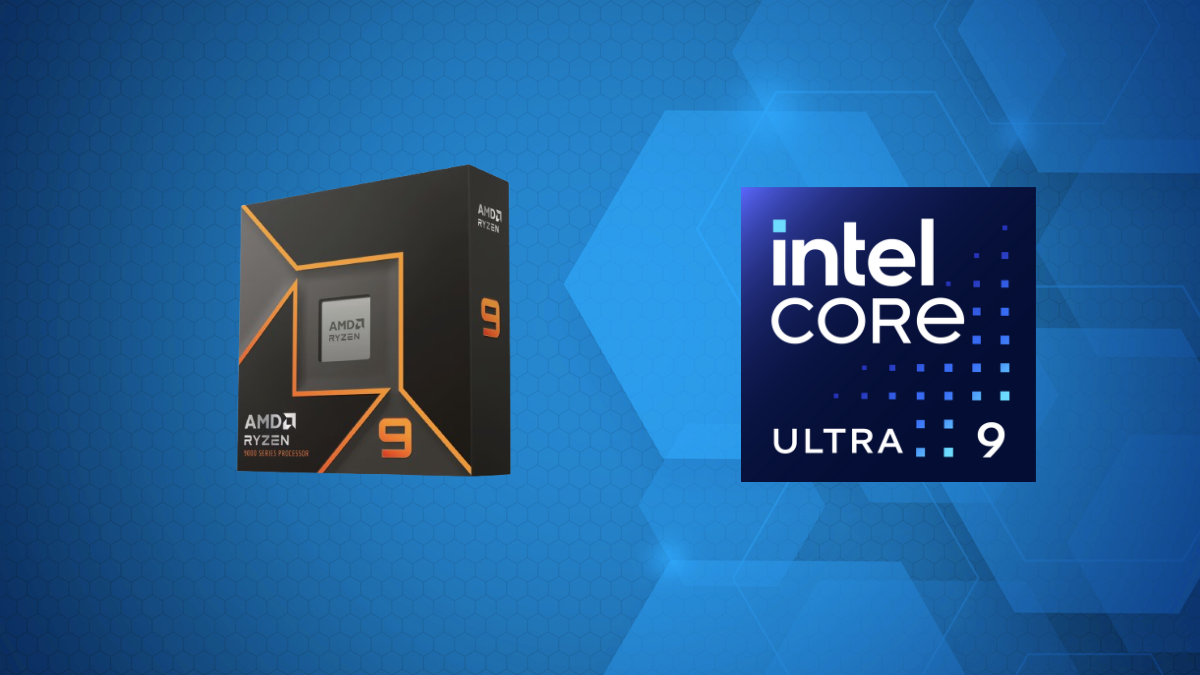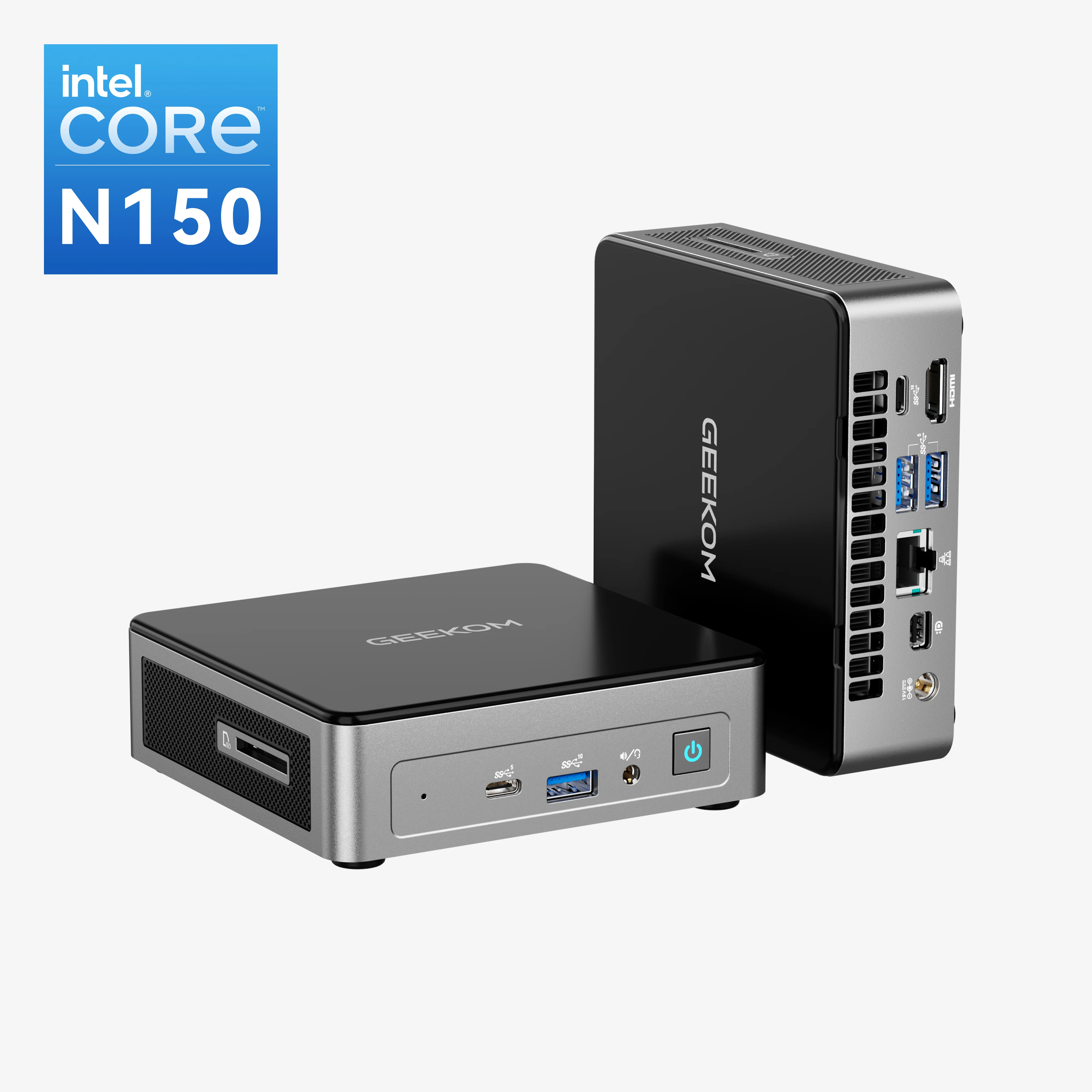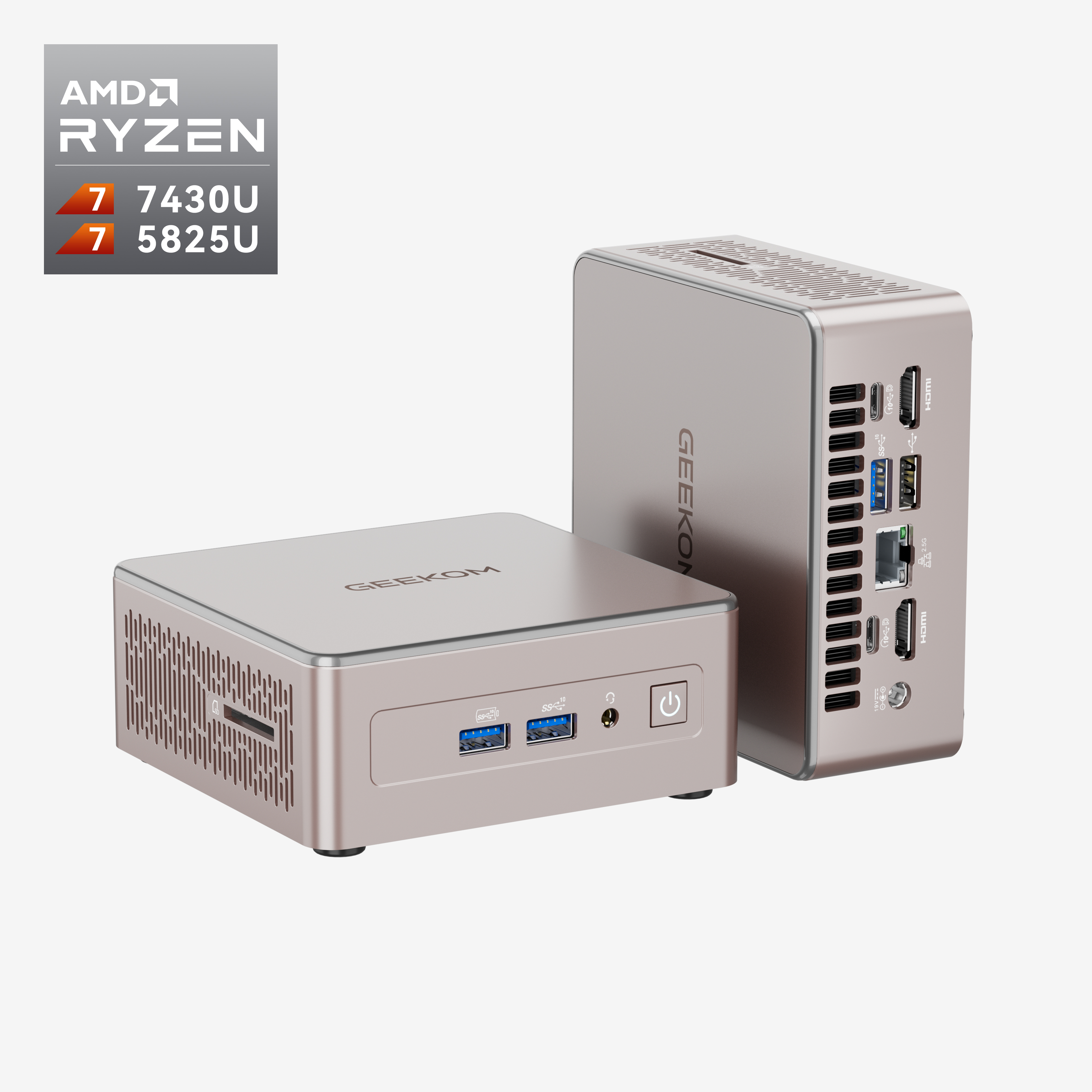HDMI (High-Definition Multimedia Interface) is a popular digital video and audio interface used in various electronic devices, including televisions, computer monitors, gaming consoles, and home theater systems.
The technology has evolved over the years, and the latest versions are HDMI 2.1, which was released in 2017. However, in this article, we’ll focus on the differences between HDMI 1.4 and 2.0, two versions that are still widely used in many devices.
HDMI 1.4 Overview
HDMI 1.4 was released in 2009 and is still used in many devices. Some of its notable features include:
• Support for 4K resolution at 30Hz: HDMI 1.4 can transmit video at a maximum resolution of 4096×2160 pixels at 30Hz.
• Audio Return Channel (ARC): This feature allows audio to be sent back from a TV to a receiver or soundbar, eliminating the need for a separate audio cable.
• 3D support: HDMI 1.4 supports 3D video content, although it requires additional equipment such as a 3D TV and glasses.
• Ethernet over HDMI: This feature enables an internet connection to be transmitted over HDMI cables.
HDMI 2.0 Overview
HDMI 2.0 was released in 2013 as an improvement over HDMI 1.4. Some of its notable features include:
• Support for 4K resolution at 60Hz: HDMI 2.0 can transmit video at a maximum resolution of 4096×2160 pixels at 60Hz, providing smoother motion and more detail.
• High Dynamic Range (HDR): This feature provides a wider range of colors and a greater contrast between light and dark areas of the image.
• Increased bandwidth: HDMI 2.0 can transmit up to 18Gbps of data, compared to HDMI 1.4’s maximum of 10.2Gbps.
• Dual video streams: HDMI 2.0 can transmit two separate video streams to the same screen, which is useful for multi-tasking or gaming.
According to Eric Smith, a seasoned A/V specialist, “HDMI 2.0 is a significant improvement over HDMI 1.4, particularly for users who demand the highest quality video and audio performance. The increased bandwidth and support for HDR make a noticeable difference in the image quality, especially on larger screens.”
HDMI 1.4 vs. 2.0: Key Differences
To summarize, here are some of the main differences between HDMI 1.4 and 2.0:
• Resolution: HDMI 1.4 supports 4K resolution at 30Hz, while HDMI 2.0 supports 4K resolution at 60Hz.
• Bandwidth: HDMI 2.0 has a higher bandwidth of 18Gbps compared to HDMI 1.4’s maximum of 10.2Gbps.
• HDR: HDMI 2.0 supports High Dynamic Range, providing a wider range of colors and greater contrast in the image.
• Dual Video Streams: HDMI 2.0 can transmit two separate video streams to the same screen.
• Audio: Both HDMI 1.4 and 2.0 support up to 8 channels of uncompressed audio.
Which One Should You Choose?
The answer to this question depends on several factors, including the device you’re using, the content you’re watching, and your personal preferences. Here are some scenarios where one version may be more appropriate than the other:
• If you’re watching 4K content and want the highest possible frame rate, go for HDMI 2.0
• If you have a TV that supports HDR and want the best possible image quality, go for HDMI 2.0.
• If you have a soundbar or receiver and want to eliminate the need for a separate audio cable, go for HDMI 1.4 with ARC.
• If you want to transmit internet data over HDMI cables, go for HDMI 1.4 with Ethernet over HDMI.
• If you need to transmit two separate video streams to the same screen, go for HDMI 2.0.
It’s worth noting that HDMI 2.0 cables are backward compatible with HDMI 1.4 devices, but HDMI 1.4 cables may not support all of the features of HDMI 2.0. Therefore, if you’re unsure which version to choose, it’s generally a good idea to go for the latest version to ensure compatibility with future devices.
Conclusion
While HDMI 2.0 is the clear choice for those who need the best possible video and audio quality, HDMI 1.4 is still a solid option for many users.
It’s also worth noting that HDMI 2.1 has recently been released, and it offers even more improvements over HDMI 2.0, such as support for 8K resolution and variable refresh rates.
However, HDMI 2.1 devices are still relatively rare and expensive, so most users will be fine with HDMI 2.0 for the time being.
Ready to upgrade your computing experience? Look no further!
Buy a mini PC from GEEKOM today and unlock a world of compact power and versatility.
FURTHER READING:HDMI 2.0 vs 2.1: Which One Should You Choose?





